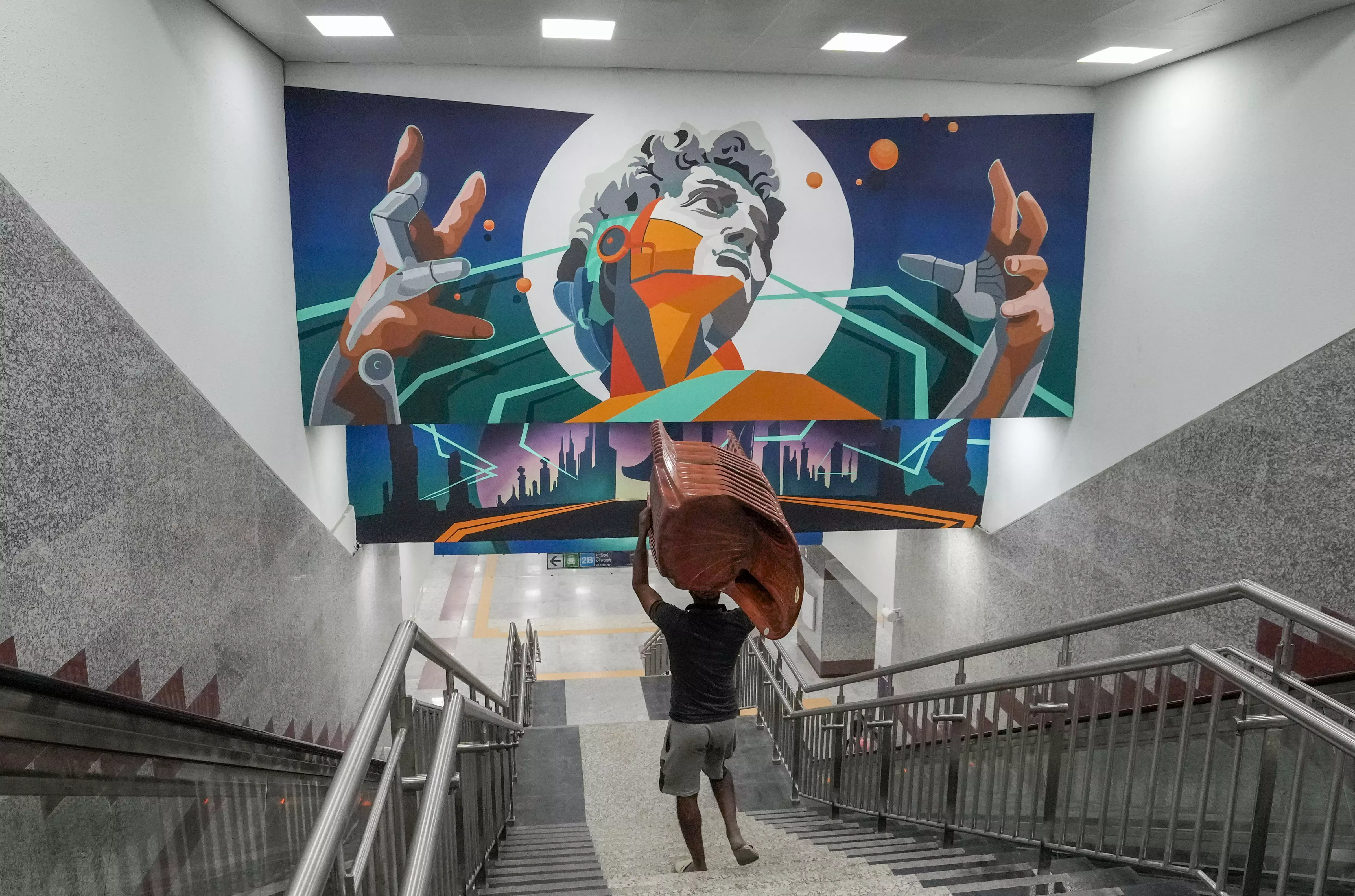DC Edit | Kolkata Metro shows the way

Indian engineers can take a bow for a breakthrough in building a twin tunnel under the Hooghly that enables the Kolkata Metro rail reach Howrah and perhaps take off from there in quick expansion to service many more parts of the sprawling metropolis.
As India’s pioneering Metro service from 1984, the Kolkata Metro had a head start, but it is only now that it can aspire to connect the city and the twin cities of Kolkata and Howrah better as it served for decades as a single route rather than a large network. Also, the city was the first to build an underwater tunnel to carry electricity cables, back in 1931.
Indian engineers may have been two centuries late in attempting to build a tunnel and lay rails for a train – the Thames Tunnel in London which started as a pedestrian pathway in 1845 went on to serve the railways for a while – but they have excelled in design and execution in a pioneering engineering feat in the country.
The engineers have displayed vast technical mastery in connecting Kolkata and Howrah after building the parallel tunnels 37 metres below the ground, the construction being remarkable for its depth, curvature and design in “alluvial, clayey and lazy” under-river soil, and all that in a record 66 days.
India may have woken up late to the best possible inner-city connectivity in the form of a Metro rail that can serve millions of passengers in major cities and take the commuter load off the roads while letting them travel in comfort across the city, as they do so in New Delhi and Bengaluru. The Metro system in Chennai is also expanding, despite the problem of fund flow that is being blamed on the Centre, while new cities like Agra have a 6-km system in place already.
The capital costs may be high and the disruption of movement heavy during construction, but there is no better way to move city commuters than Metro rail networks like the ones that are the pride of major international cities across continents. As the fifth largest economy now, India should be able to prioritise Metro projects much more in its infrastructure plans and give itself a lesser carbon footprint per person than in any other form of inner-city transportation.
